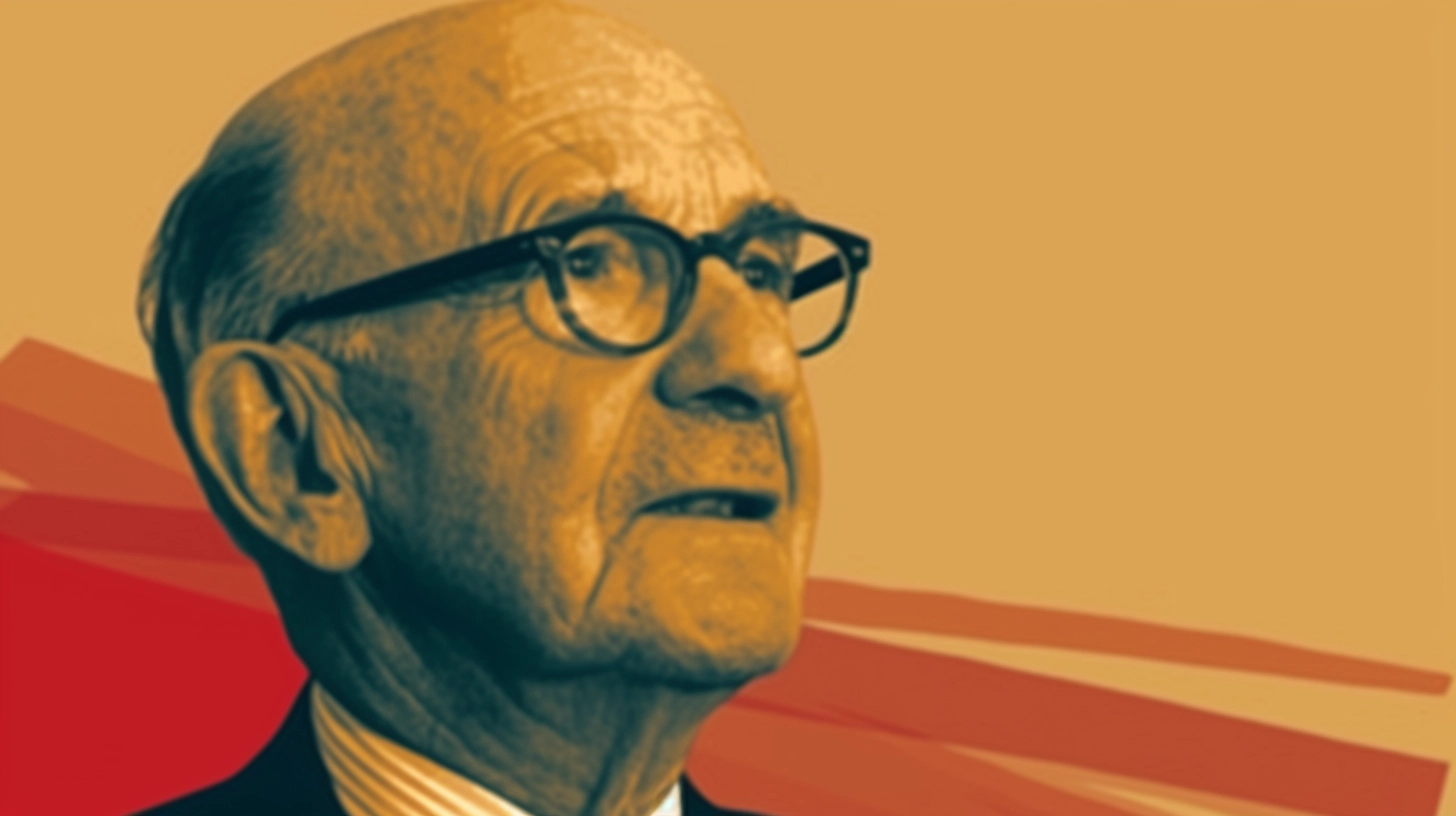.webp)

As an aviation visionary who cut his teeth as a pioneering airplane mechanic, Allan Lockheed founded the Lockheed Aircraft Company in 1926, serving as its inaugural president and shepherding the fledgling enterprise with his wealth of aviation expertise.
Having played a central role in his previous failed venture, the Loughead Aircraft Manufacturing Company, Lockheed channeled past lessons to ensure this latest endeavor's resilient foundation and sound leadership.
Establishing the organization that would one day become the aerospace leader Lockheed Martin, Lockheed's drive and leadership cemented his foundational role in setting the course for decades of aviation advancement to come.
Guided by his technical knowledge and business acumen, Lockheed Aircraft weathered early storms, its first designs catalyzing crucial innovations like all-metal construction.
His original company stood the test of time, surviving setbacks to morph into an enterprise whose impact saturates modern aviation, growing into one of the most consequential aviation manufacturers ever known over its near-century of trailblazing aerospace achievement.

When Lockheed Aircraft Company fell into receivership in 1932, brothers Robert and Courtland Gross seized the helm, steering the struggling company into recovery.
Assuming the roles of Chairman and Executive, respectively, their bold leadership and financial management catalyzed the organization's turnaround.
Robert laid out an insightful vision speaking to aviation's future while Courtland manned day-to-day operations, their tandem guidance allowing Lockheed Aircraft to emerge revitalized.
Their pivotal tenure manned the aircraft manufacturer through tempestuous waters into renewed prosperity.

As Lockheed Aircraft Company evolved into Lockheed Corporation, Daniel Tellep took the reins as Chairman and CEO in the pivotal 1980s, overseeing the growing aerospace company's next phase.
With the corporation expanding into diverse defense and technology sectors under
Tellep's leadership cemented Lockheed's ongoing impact at the intersection of aviation, security, and innovation.
His stewardship maintained Lockheed's forward trajectory through a transitional decade en route to its present-day stature.

As the Lockheed Corporation became enmeshed in political turmoil amid bribery scandals in the tempestuous 1970s, Chairman Daniel Haughton faced a formidable test of leadership.
Navigating the corporation through the crisis, Haughton helmed efforts to reform practices and served as a steadying force in chaotic times.
Though it necessitated his eventual resignation, Haughton's chairman stint saw Lockheed endure its most difficult decade, maintaining its fundamental integrity despite surrounding instability.
His steady hand at the helm empowered the company's path ahead.

When defense giants Lockheed Corporation and Martin Marietta merged in 1995, Martin Marietta's CEO Norman Augustine briefly helmed the combined behemoth as Lockheed Martin CEO from 1996 to 1997.
Augustine's leadership of Martin Marietta and deft guidance of the freshly-merged company drew on his decades of aerospace expertise.
Though his tenure steering Lockheed Martin lasted only two short years, Augustine left an indelible mark as an pivotal transitional figure, forging stability from seismic corporate shifts.
His steady presence empowered Lockheed Martin's ascent to new heights.

Having guided the Martin Marietta team through its pivotal merger with Lockheed, Vance Coffman took Lockheed Martin's helm as CEO from 1997 to 2004.
Coffman captained the freshly combined aerospace titan through years of growth and diversification, overseeing high-profile projects like the F-22 Raptor fighter jet.
With the corporation expanding its space and defense portfolios under his leadership, Coffman cemented Lockheed Martin's footprint at technology's cutting edge.
His tenure stands as an era of innovation and integration, fostering the corporation's emergence as an integrated aerospace and security conglomerate.

Robert J. Stevens' legacy as Lockheed Martin chief executive and chairman from 2004 to 2013 is defined by his calm guidance through turmoil.
Inheriting company struggles, Stevens spearheaded initiatives correcting inefficiencies while expanding crucial military and space programs.
His measured leadership through the Great Recession and Washington budget upheavals enabled continued growth despite the unstable climate.
Overseeing high-profile projects like the F-35 fighter, Stevens captained Lockheed Martin to stabilize and thrive, his steady hand at the helm allowing the company to emerge stronger during a tempestuous era.

Marillyn Hewson broke new ground as Lockheed Martin’s first female chief executive, leading the aerospace giant from 2013 through 2020 before becoming its first woman chairman in 2014, a position she held through 2021.
With defense budgets shrinking during her tenure, Hewson spearheaded initiatives to expand Lockheed’s commercial tech portfolio, including ventures in healthcare and renewable energy.
Her visionary leadership on programs from the F-35 fighter to the Orion deep space capsule reinforced Lockheed Martin's space exploration and security dominance entering the 2020s.
By driving growth and innovation during a period of upheaval, Hewson cemented her legacy as a trailblazing leader propelling Lockheed Martin’s continued success.

When James Taiclet assumed Lockheed Martin’s leadership as CEO in 2020 and Chairman in 2021, he took the helm of an aerospace titan facing new technological frontiers and global instability.
As mounting international conflicts drive defense spending while the space race accelerates, Taiclet steers Lockheed Martin’s dual dominance in security and space exploration into an increasingly complex era.
With the corporation developing futuristic programs from hypersonic aircraft to lunar landers under his watch, Taiclet's tenure is poised to cement Lockheed Martin's influence through unprecedented innovations meeting the demands of a new age.
His leadership confronts emerging domains and conflicts with the long view of an integrated industry leader at technology's leading edge.